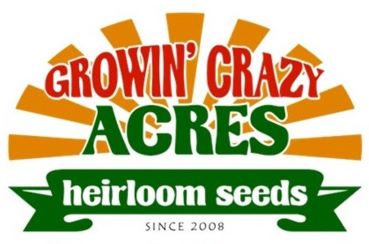Growing Dill
An Old-World annual or biennial herb (Anethum graveolens) of the Parsley Family, grown for it’s leaves bitter seeds which are used for flavoring the popular dill (cucumber) pickles.
Dill grows two to three feet tall. It may be planted in spring or fall. Planted in early spring, dill will produce seeds during the same season. It can also be planted in fall so that the seed germinates on it’s own when conditions are right.
Sown in drills 15 to 18 inches apart in early spring in warm soil and a sunny place. Thin the seedlings while small to stand 8 to 10 inches asunder. Cultivate frequently. In midsummer cut the ripening heads and spread thinly on sheets. Clean and store the seed in a dry place.
Dill leaves can be snipped and frozen in ziplock bags. Dill vinegar can be prepared by soaking a few leaves in vinegar for 4 or 5 days. Dill leaves are excellent when chopped and used in soups, salads, cottage cheese, roasted potatoes, and many other dishes. Dill is also used extensively in Europe to flavor cakes and other pastries.
Growing Cultures
Outdoors, containers (sow directly in pots, do not transplant, 8 to 20 seeds per pot), hydroponics.
Plant Height
Dill grows to a height of 24 to 36 inches (60 – 90cm).
Plant Spacing
Dill plants should be spaced 12 to 15 inches (30 – 38cm) apart.
Preferred pH Range
Dill will grow in a relatively wide pH range between 5.5 (strongly acidic) and 7.5 (mildly alkaline) with a preferred range between 5.5 and 6.5.
Propagation
From seed. Direct sow outdoors in fall or in spring after last frost.
Seed Germination Period
7 to 10 days.
Seeds Per Gram (Approximate)
Between 400 and 1000.
Soil Requirements
Well-drained, moderatlely rich, loose soil.
Alternative Growing Media
Soilless potting mixes, perlite, vermiculite, rockwool, coco peat, Oasis foam.
Time From Seed to Saleable Plant
Six weeks.
Sun & Lighting Requirements
Dill grown outdoors prefers full sun.
USDA Hardiness
Annual. Not applicable.
Water Requirements
Water on a regular schedule, do not overwater.
Potential Pests & Diseases
Aphids. Powdery mildew.
Special Notes
Dill is known to attract bees, butterflies or birds

